September 19, 2021
By their own admission, John Knight and Caroline Thomas are blow-ins to the cattle country in South Australia’s far north. An Adelaide cardiac surgeon and a clinical researcher respectively, they bought Evelyn Downs, a cattle station near the Painted Desert about 150km north of Coober Pedy, in 2006 and moved north a decade later.
From the outset, they took a different approach to many of their neighbours to what locals call “the dogs”. Where some farmers saw a pest and threat that should be shot on sight, Knight and Thomas saw a native species that had been part of the ecosystem for millennia and had as much right to be there as anyone else.
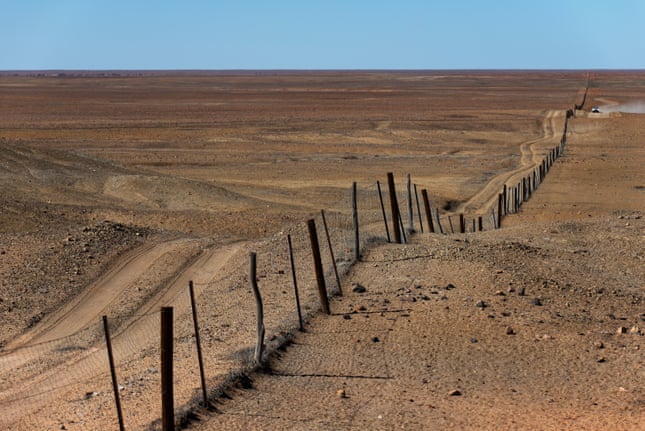
“We are animal lovers,” Knight says. “The idea of killing any animal is abhorrent to us. We just felt cattle came here second, the dingoes were here first.”
How to treat dingoes – and whether to even acknowledge they exist – is an issue that divides Australians. It splits ecologists from government agriculture departments and neighbours from each other.
Dingoes also separate the country in a literal sense. The world’s longest fence, a 5,600km barrier in place since the late 19th century, runs from western SA through the Strzelecki Desert and across southern Queensland in an attempt to keep dingoes away from grazing land in the south-east.
“Wild dogs” are targeted by landowners on both sides, encouraged by state governments that offer bounties and other support for their elimination. From Queensland’s Channel Country, through the South Australian outback to less remote parts of Victoria, it is not unusual to see carcasses hanging from trees and roadsigns.
There is an obvious reason for this: dingoes kill sheep and other livestock, sometimes in significant numbers. But conservation scientists say there is growing evidence to suggest a different approach to dealing with dingoes can be both an environmental and economic winner.
Control, or eradication?
Evelyn Downs is about 100km north of the dog fence, a 2,500 sq km station spread over an area about three times the size of Canberra, making it unusually small by local standards. Knight says one dingo den is about 300 metres from the homestead, and the animals are a regular sight as he drives across the property.
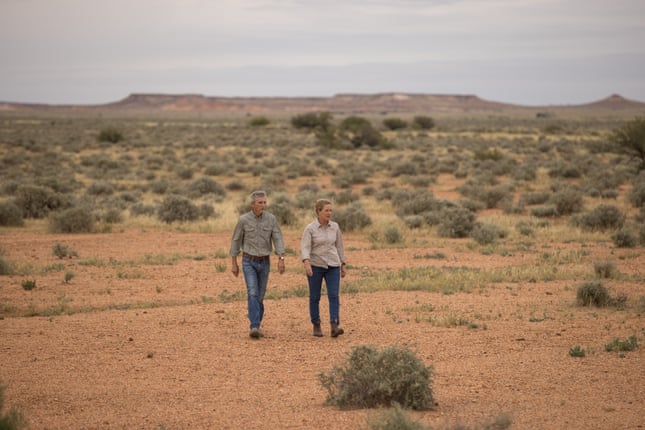
This is a point of contention in the community. Knight says some graziers reward farmhands who kill wild dogs with a slab of beer. “They have been taught to shoot the dingoes for three or four generations and that’s what’s been passed on,” he says. “We get on well, we have nice social times but our views are not popular here. We never discuss dingoes – and we won’t.”
Knight says his approach is informed not just by environmental and ecological concern, which includes respecting the role the country’s largest land-based predator plays in the food chain, but economics. He cites evidence that keeping dingoes around stops kangaroo numbers getting out of control and allows a healthier coverage of vegetation and grass. That, in turn, leads to healthier cattle.
“You can find a dozen scientific papers in a heartbeat to support this,” he says. “I’m not aware of any evidence against it.”
If this is the case, it is not reflected in the policies of SA’s Liberal government. For the past year, it has offered a statewide $120 bounty to landowners who kill a dog on their property, regardless of which side of the fence they live on. It offers further support to lay traps and poisoned baits.
Knight is appalled by this approach. Like everyone who spoke to Guardian Australia, he acknowledges there is a significant problem with dogs south of the fence, where their impact on sheep flocks can be devastating. But he says the threat to cattle in the north is so small as to be virtually nonexistent and believes a statewide bounty is “not a control program, it’s an eradication program”.
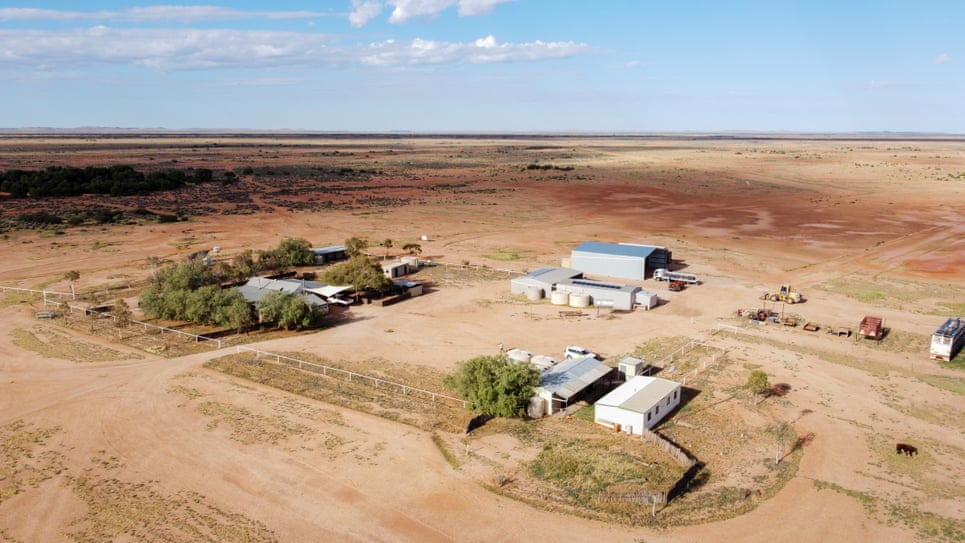
Mike Letnic, a professor of conservation biology and ecosystem restoration at the University of New South Wales, says the attempt at eradication is broader: that over the past 25 years the dingo has been all but wiped from the public language used by governments and landowners.
“The reason is pretty clear,” Letnic says. “Killing wild dogs causes no objection. If we call them a wild dog they’re not a native species. But if we call them a dingo they’re a native species and that raises a range of issues.”
Descended from wolves
One of the remarkable things about dingoes, as a large, charismatic animal, is how much is still to be learned about them. There is no clear agreement on whether the dingo is a type of dog, a subspecies or a species in its own right. It was listed as vulnerable by the International Union for the Conservation of Nature because of the threat of hybridisation due to crossbreeding with wild dogs. That categorisation was dropped in 2018 after it was decided the dingo was just a dog after all.
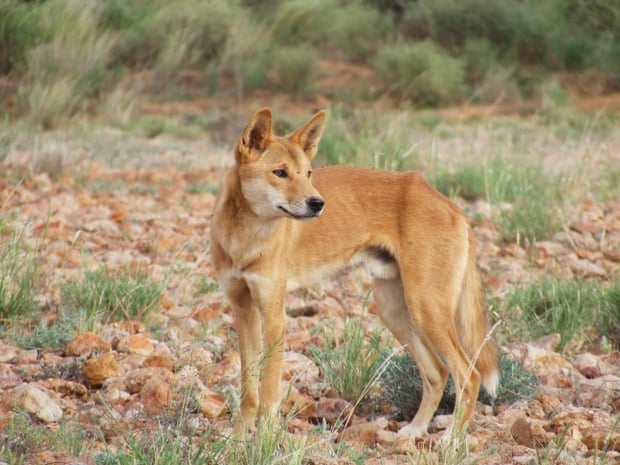
A significant strand of conservation biology disagrees with this. Like the domestic dog, dingoes descended from wolves. They are believed to have arrived in Australia between 3,500 and 5,000 years ago but estimates vary – it is possible they have been on the continent for even longer, since there was a land-bridge to Papua New Guinea.
Dingoes are opportunistic feeders, sometimes scavengers, and their diet often depends on where they live. It can include kangaroos, wombats, feral goats and pigs, rabbits, reptiles and – on Queensland’s Fraser Island – fish. Some dingoes hunt in packs, some alone.
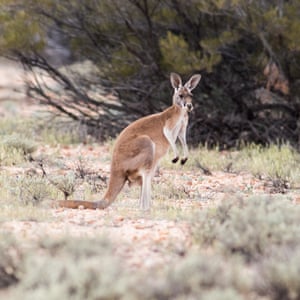
From an ecological perspective, there is some evidence that dingoes can help control numbers of introduced predators such as feral cats and foxes. Like all apex predators, they also play a vital role in keeping the ecosystem in balance by, for example, reducing the impact of feral goats and kangaroos on vegetation.
Dingoes also play a central role in Australia’s spiritual and cultural heritage. Traditional owners in parts of the country for thousands of years adopted dingoes into their society, where they were seen as having a symbiotic relationship as “semi-wild companions”. The animal appears in cave paintings, rock carvings and dreamtime stories.
The dingo’s problematic place in the public mind cannot be divorced from highly traumatic attacks on children – most notably, the death of baby Azaria Chamberlain at Uluru in 1980. In 2001 nine-year-old Clinton Gage was killed by two dingoes on Fraser Island. There was a horrible echo of that attack when a toddler was mauled in the island’s Orchid Beach neighbourhood in April.
But the most consistent threat from dingoes and wild dogs is to livestock. In SA alone, the cost has been estimated at nearly $90m a year. Euan Ritchie, a professor of wildlife ecology and conservation at Deakin University, says the emotional impact on a grazier who finds that dozens of sheep have been taken or left maimed should not be underestimated.
“It is really stressful and can lead to really bad mental health outcomes, including suicide,” he says. “It’s not something we should be taking lightly.”
This all makes for a complicated relationship between the animal and its country. But Ritchie says the dingoes’ vital part in national life should not be lost in the discussion.
“We can argue all day long about whether it is a native animal or not, we can argue all day long about whether it is a species in its own right or not, but the reality is they have an ecological role as a top predator in the food chain and have really important cultural significance for many of Australia’s First Nations people,” he says.
‘A branding issue’
Understanding of the role dingoes play in Australia has advanced through the publication of two multi-year studies. Both have ramifications for governments and landowners.
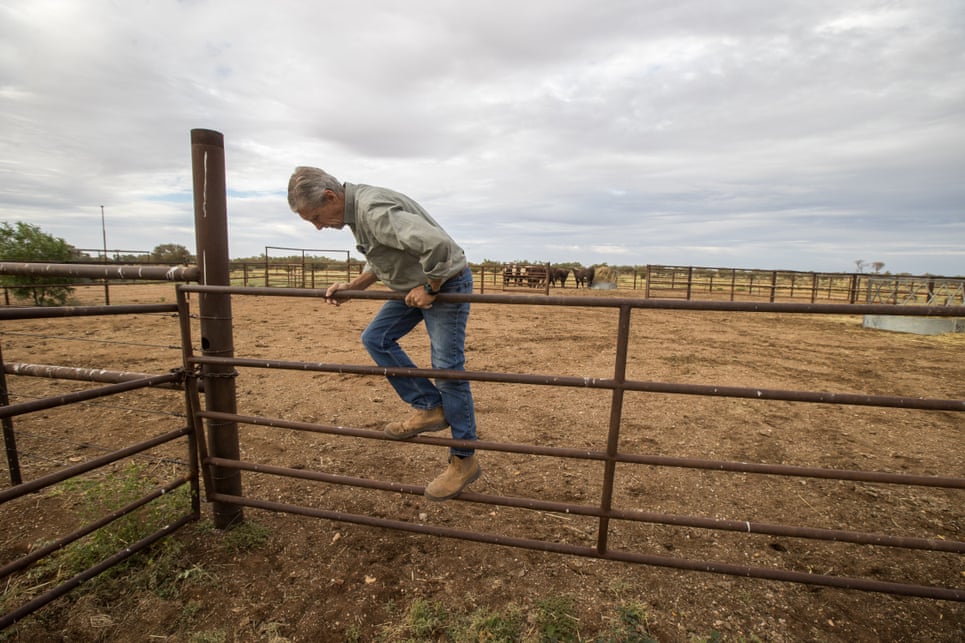
The first, in the journal Landscape Ecology, suggests that the dingo fence, for whatever good it does, has a significant impact on the country’s environment. Using satellite imagery it found that the landscape of the southern side had far less vegetation than on the northern side. It concluded that dingoes play an important role in keeping the kangaroo population in check.
The result? There is more feed for livestock where there are dingoes, which can improve the bottom line for farmers as long as their animals are protected.
The second study challenges the idea that dingoes are being bred out of existence, and that Australia’s problem is with wild dogs. Scientists looked at the genetic profiles of 5,000 dogs across the country and found that only about 30 were not either completely dingo or a majority dingo hybrid. It built on an 2019 study that debunked a belief there were no “real dingoes” in NSW.
Letnic, who was involved in both studies, says the latter shows that the dogs being targeted as wild dogs are in reality “still basically dingoes”. “If you want to put a number on it, it’s 75% to 100% dingoes in terms of genetics,” he says. “This isn’t surprising. Dogs just don’t have what it takes to survive in the wild.”
He argues that this does not mean dingoes should not be killed where they cause a problem but says it underlines the importance of taking a measured approach. He believes the discussion about whether dingoes are wild dogs changed in the 1990s after a successful marketing campaign that pitched them as a threat that need to be quashed, but says this study should upend that.
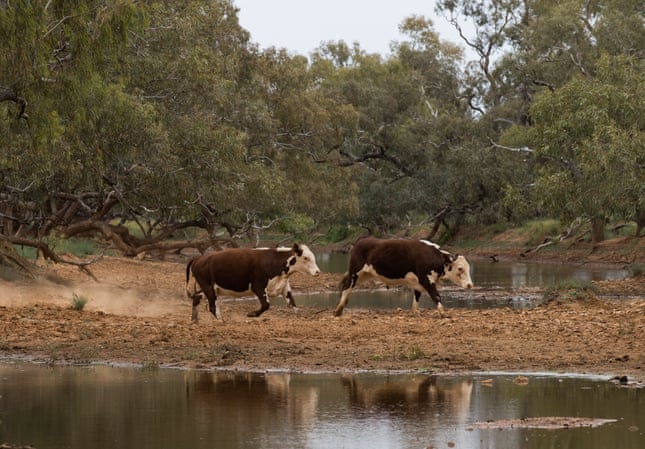
“City people probably aren’t comfortable with the idea of killing dingoes, especially in national parks, so it became a branding issue,” Letnic says. “We can’t argue they’re not killing sheep but we should be calling them what they are.”
The SA government is unrepentant. The primary industries minister, David Basham, says there have been more than 200 claims for the wild dog bounty over the past year, and it has helped pastoralists return to country where attacks had made it unprofitable. He argues that dog-dingo hybrids are different to “native pure dingoes”, and says the bounty has given extra income to drought-affected farmers across the state.
“For generations, our farmers and pastoralists have been defending against the threat of vicious dead-of-night wild dog attacks on the sheep, lambs and calves,” he says. “Stopping the southward spread of wild dogs is the best way to protect pure dingo populations by preventing mixing and hybridisation with feral dogs.”
Basham says the government will continue to ramp up efforts to wipe out “wild dogs” south of the dog fence by employing more trappers, laying extra baits and working with the federal government and industry on a “once-in-a-century” $25m dog fence rebuilding campaign.
The government’s stance is backed by the grazing industry. The president of Livestock SA, Joe Keynes, says while the impact of dogs on cattle north of the fence is not significant, the goal below the barrier is to “eliminate as many dogs as we can”. “If we didn’t have a dog fence, we wouldn’t have a sheep industry in South Australia,” he says.
But Ritchie believes there could be another way forward. He says some dog breeds and donkeys have been found to be effective guardian animals when kept in paddocks with sheep. He also makes the case that, given that they release less greenhouse gas and are more naturally suited to Australia’s harsh environment, kangaroos offer a more sustainable option for meat than a further expansion of introduced and farmed livestock.
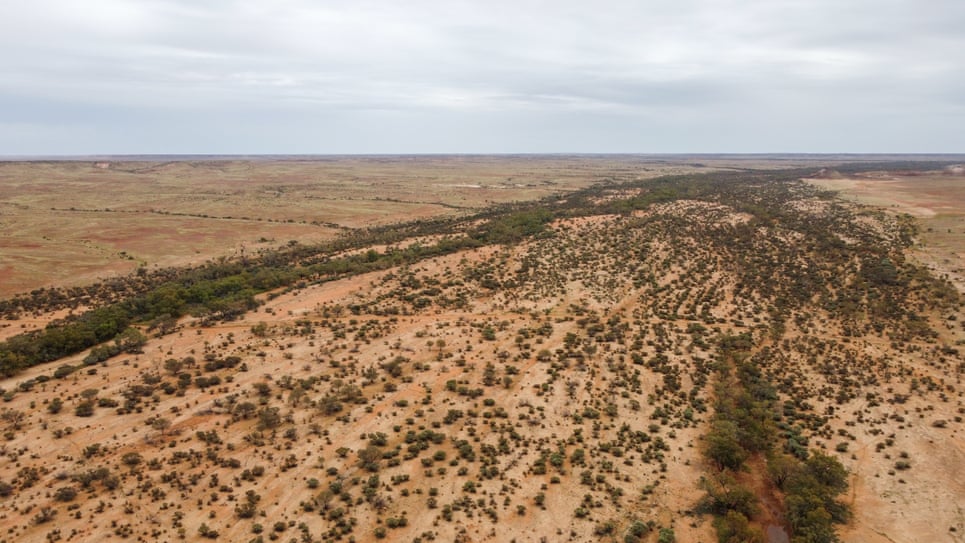
“I get really frustrated when people point the finger at farmers or graziers because they are just providing what we choose to consume,” Ritchie says. “But it would be good to see some more sophisticated solutions. Across much of Australia we’re still managing the land in a very European and post-colonial way.”
On bounties, Ritchie says they appear more based on politics than good science, and are open to corruption if not properly regulated as they encourage people to go hunting for dingoes rather than targeting and killing those on their land. “If you took the money for bounties and instead spent it on guardian animals for graziers, that could help make a genuine difference,” he says.
Up at Evelyn Downs, Knight says the starting point should be doing whatever possible to leave the ecosystem alone. “It’s pretty simple,” he says. “We believe that’s the right thing to do on a philosophical basis, and the right thing to do on an economic basis.”
This article by Adam Morton was first published by The Guardian on 21 May 2021. Lead Image: A dingo in the Australian outback. Photograph: Getty Images.
What you can do
Support ‘Fighting for Wildlife’ by donating as little as $1 – It only takes a minute. Thank you.
Fighting for Wildlife supports approved wildlife conservation organizations, which spend at least 80 percent of the money they raise on actual fieldwork, rather than administration and fundraising. When making a donation you can designate for which type of initiative it should be used – wildlife, oceans, forests or climate.
(Sources: Focusing on Wildlife)












Đăng nhận xét